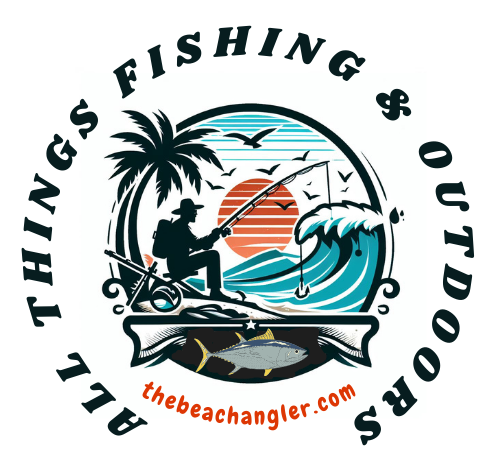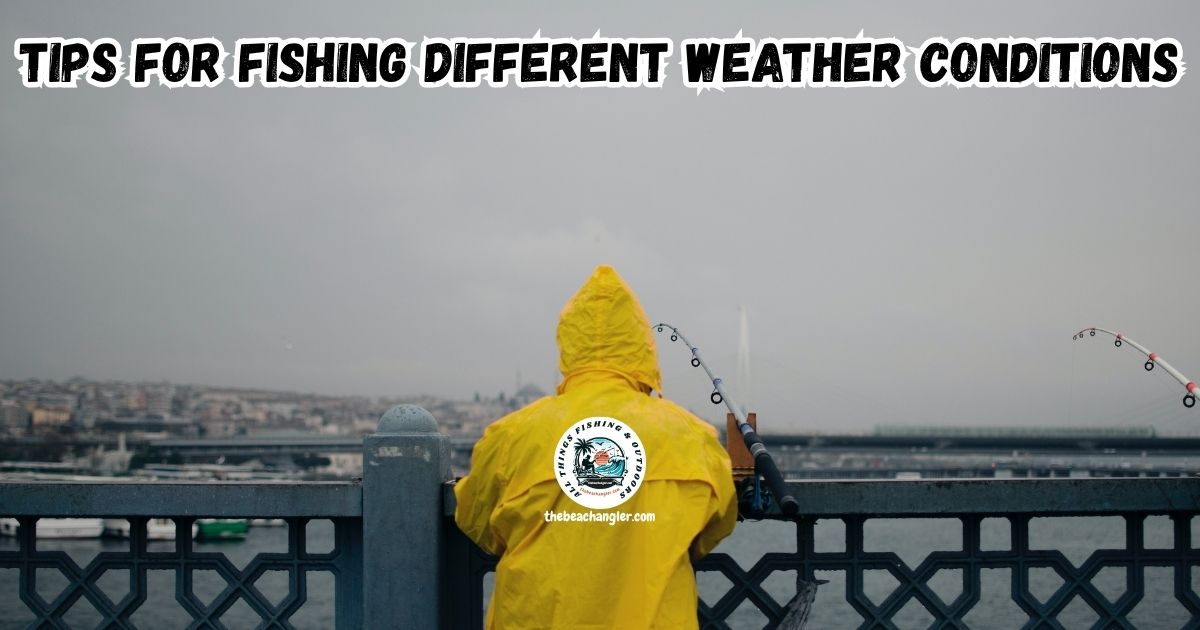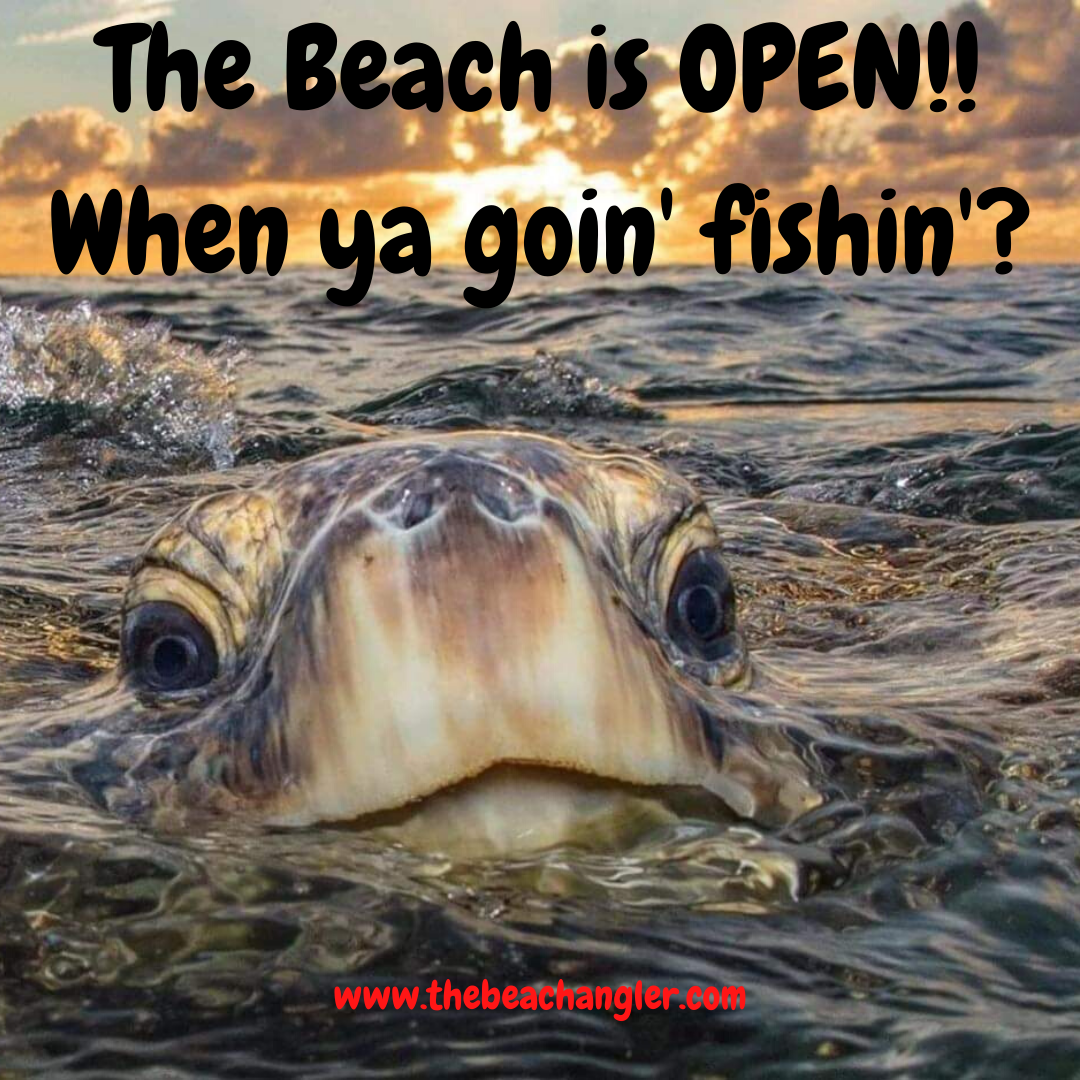Fishing is one of those hobbies that feels different every time I go out, especially when the weather is always switching up. I quickly learned that the weather changes everything, from where the fish are hiding to what lures will work best. In this article, I’m sharing practical tips to help you enjoy more successful fishing trips by adjusting your approach to different weather conditions.
QUICK LOOK: Fishing in Different Weather Conditions
- Rainy Weather: I always look forward to fishing during a light rain because it can spark more fish activity. The water surface gets broken up, and bugs or other food sources are often swept in, which encourages fish to come closer to shore or shallower spots.
- Hot Weather: Fishing during hot, sunny weather is a different challenge. Fish, being cold-blooded, often look for cooler spots when the sun heats the shallows.
- Windy Conditions: Wind can be annoying, but it often helps me catch more fish if I use it to my advantage. Wind stirs up the water and can make baitfish more active, which brings bigger fish in to feed.
- Cold Weather: Cold weather slows everything down, including the fish. When water temperatures drop, fish use less energy, and that means I have to slow down too
- Overcast Conditions: I look forward to cloudy days, since they usually mean more active fish. Without the harsh sunlight, fish move out of heavy cover and search for food more freely.
How Weather Impacts Fishing Success
Knowing how weather affects fish behavior is important if you want to improve your results. Fish react to changes in temperature, light, and water movement, which means I have to change my strategy along with the forecast. Adapting what I’m doing depending on the current weather has helped me catch more fish and enjoy my time outdoors even more.
Temperature, sunlight, wind, and rain all play a role in the water’s oxygen levels, clarity, and the kinds of food that become available to fish. For example, a sudden rainstorm can push food into the water, which gets the fish moving.
On a sunny, hot day, fish might just head deeper and take it easy. Building awareness of these patterns makes a noticeable difference over time. Also, learning how weather fronts move through your area can give a heads-up about when conditions might change and when the fish could get more active or slow down.
Fishing in Rainy Weather
I always look forward to fishing during a light rain because it can spark more fish activity. The water surface gets broken up, and bugs or other food sources are often swept in, which encourages fish to come closer to shore or shallower spots. Here’s how I adjust when the forecast is wet:
- Choose Noisy or Bright Lures: Rain usually muddies the water and makes things harder to see, so I switch to lures that rattle or have bright colors. This way, fish can spot them more easily or get curious because of the noise.
- Try Faster Retrievals: I’ve noticed that rain can make fish more aggressive, so I don’t hesitate to use a quicker motion with my lure to catch their attention.
- Use Topwater Lures: With the surface already getting disturbed by raindrops, topwater lures fit right in and can get some exciting strikes.
- Look for Runoff Areas: Streams or ditches that are flowing more during the rain wash in food, drawing fish closer to those places.
Of course, I always keep my rain gear handy, including a waterproof jacket and boots; it makes staying outside much more comfortable. Another tip for rainy days is to bring a spare set of clothing and to keep your tackle box as dry as possible by using waterproof covers or containers. Slippery surfaces increase the risk of falls, so wearing rugged boots with a good grip is a smart move.
Fishing When It’s Hot and Sunny
Fishing during hot, sunny weather is a different challenge. Fish, being cold-blooded, often look for cooler spots when the sun heats the shallows. Here’s how I handle bright, sizzling days:
- Go Deep: I focus on deeper water where it’s cooler, especially if the sun has been out for a while. Fish are more likely to hang out down there.
- Fish Early or Late: I find that I catch more early in the morning or close to sunset, when temperatures are lower and fish feel safer coming up from the depths to feed.
- Pick Natural Colored Lures: In clear, sunny conditions, using lures that resemble the local baitfish often works well.
- Slow Down: Sometimes, the heat can make fish sluggish, so I slow my retrieve or switch to smaller baits that don’t overwhelm them.
I also drink a lot of water, wear light clothing, and protect myself from sunburn during long summer trips. Wearing a wide-brimmed hat and cooling towels can give extra comfort. Consider bringing a portable shade or umbrella if you plan to stay on an open bank for hours; it helps you keep cool and can prevent heat exhaustion.
How to Adapt to Windy Conditions
Wind can be annoying, but it often helps me catch more fish if I use it to my advantage. Wind stirs up the water and can make baitfish more active, which brings bigger fish in to feed. Here’s what I do when the wind picks up:
- Cast With the Wind: I try to use the wind to cast farther, covering more water with each throw.
- Go Heavier: Heavier lures or sinkers help my bait stay under control and give me better accuracy, even with gusty winds.
- Target Windblown Shorelines: Places where the wind pushes food into the shallows tend to attract feeding fish.
- Anchor Up or Stay Close to Shore: If I’m fishing from a boat, anchoring helps me hold position. From the bank, I look for coves or spots where I’m sheltered from the strongest gusts and can cast effectively.
Wind makes it easy to lose track of where I am or get tired faster, so I keep an eye on my surroundings and take regular breaks. It’s also helpful to use windproof clothing, as staying dry makes long sessions more bearable. If you’re using a kayak or small boat, remember that strong winds can drift you into areas you don’t intend to go; always plan your trip route beforehand.
Fishing in Cold Weather
Cold weather slows everything down, including the fish. When water temperatures drop, fish use less energy, and that means I have to slow down too.
- Retrieve Slowly: I choose lures that work well with a slow motion; jigs, soft plastics, or jerkbaits can be great, especially with gentle tugs and pauses.
- Focus on Sun-Warmed Areas: Dark rocks, muddy bottoms, or places with some sun exposure warm up faster. Fish will often move there looking for a little extra heat.
- Pick Lures with Good Visibility: Since water is often clearer but fish are less aggressive, I rely on lures that stand out without being too flashy, like silver or gold shades, or those that vibrate a bit more.
- Be Patient: I spend extra time in promising spots instead of moving around quickly. Sometimes, it just takes longer for fish to decide to bite.
Dressing warmly and making sure my hands stay dry are also priorities for me on cold fishing days. I use thermal socks and insulated gloves that allow me to keep handling gear without sacrificing warmth.
In really cold weather, portable hand warmers can make a huge difference. Hot drinks in a thermos are another way to make cold outings much more pleasant, keeping your spirits high even when the fish are biting slow.
Cloudy and Overcast Day Fishing
I actually look forward to cloudy days, since they usually mean more active fish. Without the harsh sunlight, fish move out of heavy cover and search for food more freely. Here’s what works best for me:
- Change Up Your Lures: With lower light, I can experiment with a wider range of lures. Sometimes, something subtle does the trick, while other times, a little flash gets bites.
- Cover More Water: Since fish are likely to be cruising for food, I don’t need to focus only on traditional hiding spots. I move around more than usual, looking for active fish.
- Stay Flexible: I try both fast and slow retrieves until I spot what’s working, since fish behavior can switch up quickly with changing cloud cover.
Cloudy and overcast conditions mean you’ll need to keep a watchful eye on the weather as storms can creep in quietly. Keeping extra dry gear on hand makes a big difference if the clouds turn stormy.
Staying Safe When Fishing in Any Weather
Fishing in changing weather is exciting, but safety always comes first for me. A few sensible steps can help prevent trouble:
- Check Forecasts: Before heading out, I look up the latest forecast so I know what to expect.
- Dress for the Weather: I bring layers or rain gear just in case. It’s much easier to remove a jacket than to fish while shivering or getting drenched.
- Watch for Lightning: If I hear thunder, I leave the water and get to shelter right away. Fishing rods attract lightning, so it isn’t worth the risk.
- Bring Sun Protection: Even on overcast days, sunscreen, sunglasses, and a hat make a big difference in comfort and health.
- Stay Hydrated: I keep plenty of water with me to avoid feeling tired or dizzy, especially in summer.
- Load Up on Snacks: Weather can keep me out longer than expected, so snacks keep my energy up and help if the fishing is slow.
Hot Weather Safety
Hydration, covering up, and fishing during cooler hours in the day are key habits I stick to in the summer. Remember to keep your phone charged in case of emergencies and tell a friend or family member where you’ll be fishing, especially if you’re heading to a remote area.
Rain Safety
Nonslip shoes and rain gear help me avoid slipping, and I stay extra careful on docks and wet rocks. I also avoid carrying unnecessary electronics or anything that isn’t waterproof, and store valuables in a dry bag to prevent water damage.
Storm Precautions
When storms are possible, I keep local radar on my phone and always have a plan for getting back. If I’m on a boat, I double-check that everything loose is tied down and I have a working life jacket. Storms can come in quickly and unpredictably, so it’s better to pack up early than get caught in hazardous conditions.
Wind Awareness
Wind can make boating tricky, so I choose protected spots when I can. I also keep an eye out for sudden gusts that might tip my hat or flip my tackle box overboard, as I’ve learned from experience. Always wear a personal flotation device if you’re venturing out in windy weather, and keep emergency contact equipment on hand.
Common Questions About Weather and Fishing
Here are some things I wondered about when I was getting started, with answers based on what I’ve found helpful. As you fish more, you’ll stumble upon even more tips and tricks by asking other anglers or keeping your own notes.
How important is weather compared to lure selection?
Weather has a big effect on fish behavior. Sometimes switching a lure doesn’t help until I adapt my approach for the weather first.
Can I fish during storms?
For safety, I avoid fishing during thunderstorms and high wind warnings. If I see lightning, I leave immediately.
Do fish bite more before or after storms?
In my experience, fishing can improve right before a storm as pressure drops, but it often slows down right after. Paying attention to barometric changes can help pick the best times. Other anglers sometimes share their observations about local conditions, so chatting with fellow fishers at the dock can be a great way to track down productive times as well.
Tips for Picking the Right Gear
Having some adaptable gear in my bag makes it much easier to handle whatever weather I find. Here’s what I always keep on hand:
- Variety of Lures: Some for bright sun, some for low light or murky water, and some noisy for rain or wind.
- Waterproof Tackle Box: Keeps my gear from being soaked if rain comes suddenly.
- Extra Layers or Poncho: When I’m surprised by shifting weather, I’m always glad I packed an extra jacket or rain shell.
- Polarized Sunglasses: These help cut through glare and spot fish on sunny and cloudy days.
Extra items like a headlamp (for early morning trips or if sunset sneaks up on you), bug spray, and fingerless gloves for line management are also good to have handy. Staying organized with your gear can help you switch things up quickly and keep you fishing efficiently, no matter what the sky looks like.
When I’m prepared and ready to adapt as the weather switches, my fishing trips are always more enjoyable and satisfying. Wrapping up, being flexible and having a plan for changing conditions makes every adventure more rewarding, whether you land the big one or just enjoy some peace outside.
Check Out Our Most Recent Articles:
- Tips For Fishing In Different Weather Conditions
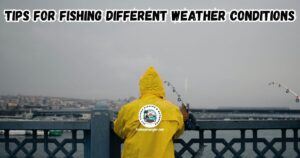
- 5 Revolutionary Features of the Minn Kota Riptide Instinct Quest Series Trolling Motor

- 5 Features The Z-Man HerculeZ Swimbait
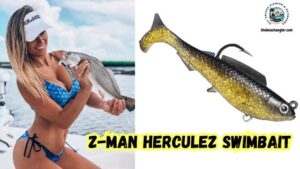
- 7 Tips for Fishing Gulf Of Mexico Nearshore Rigs In Texas

- 6 Top Features of Okuma Hakai Baitcast Reels
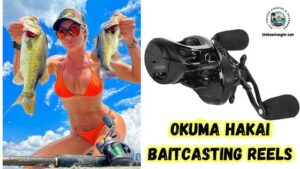
- The Daiwa Lazy Fashad

As always, stay safe, enjoy the journey, and please try to leave it cleaner than you found it. If you have any comments, questions, ideas, or suggestions, please leave them in the comment section below, and I’ll get back to you ASAP. You can follow us on Facebook: Rex The Beach Angler, Instagram: thebeachangler7, Twitter: @AnglerBeach, and YouTube: Man Art Creations.
P.S. Thanks so much for checking out our blog; we really appreciate it. Just so you know, we may receive a commission if you click on some of the links that appear on our site. This helps us keep our content free and up-to-date for everyone. We appreciate your support!
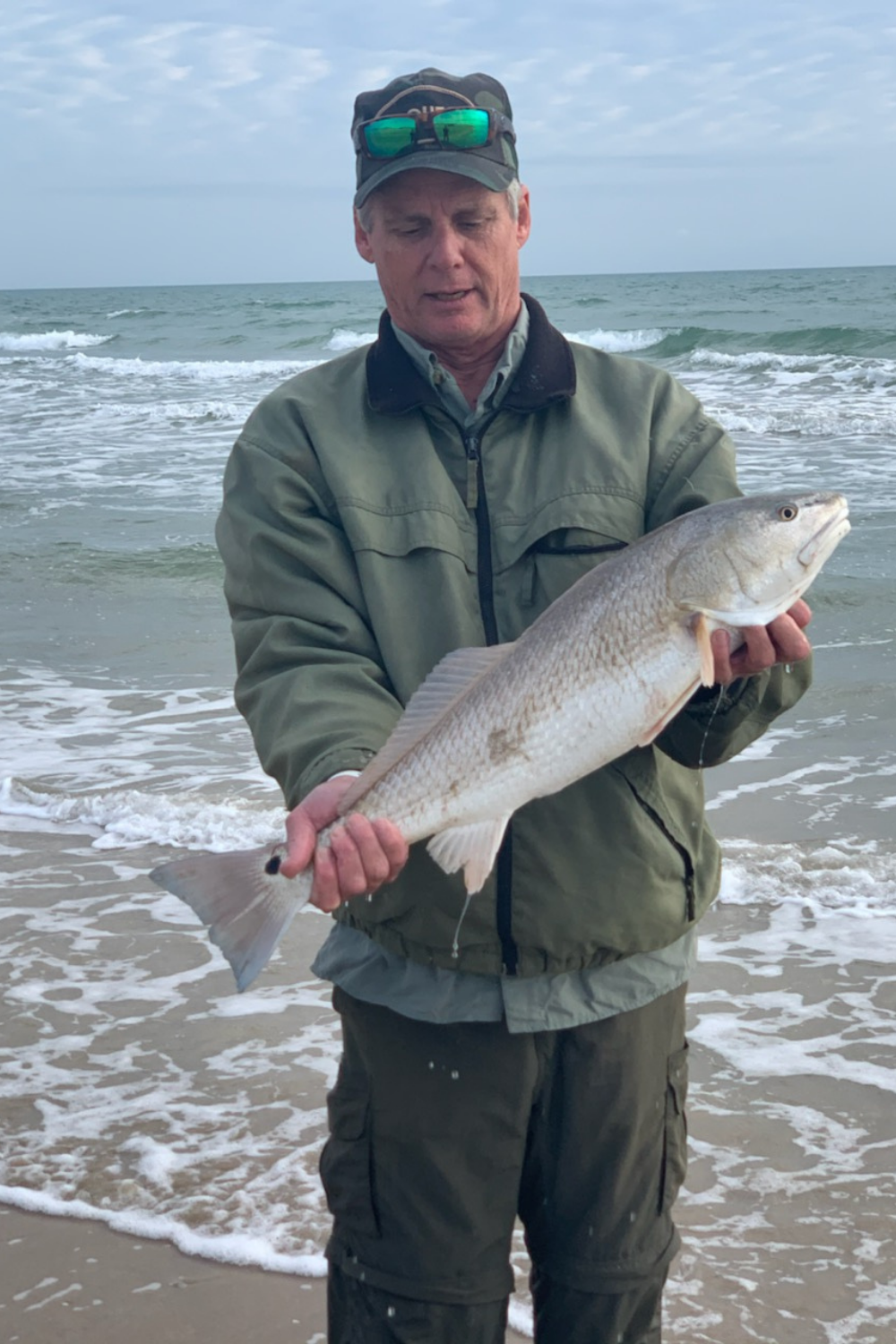
A life long surf fisherman with 50+ years of experience, I am also an avid hunter and outdoorsman. I will be sharing my passion for the outdoors with you so be prepared for hunting, fishing, camping, hiking and more. Along with gear reviews and the latest trends and innovations in the outdoor industry.
